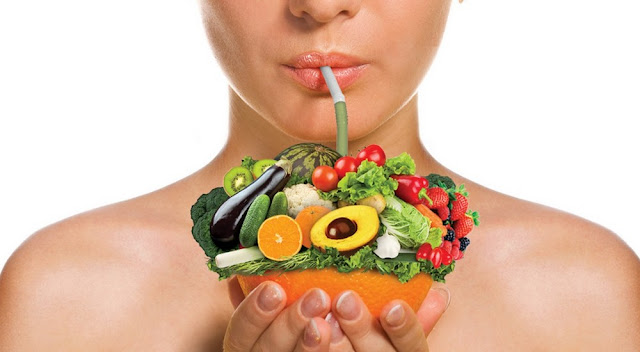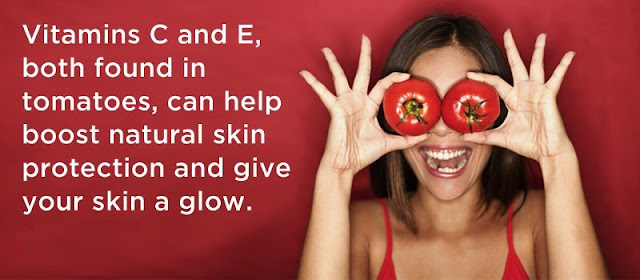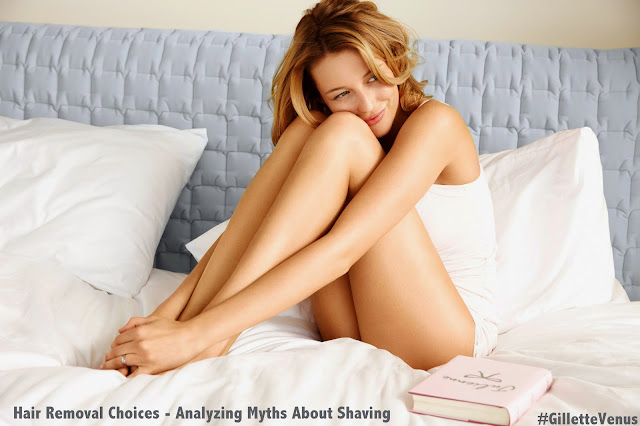Women's
pursuit of smooth, hairless skin has been a beauty constant for centuries. Over
the years, new methods and dramatic product improvements have been
progressively changing the history of hair removal. In 1880, when King Camp
Gillette created the first modern day razor for men a revolution was born. Though
it took another three decades before a razor specifically marketed for women was
launched, but ever since then shaving has been a fashionable mode for quick hair
removal among ladies. With inventions like mechanical epilators and laser hair
reduction devices the women have been spoilt with choices but shaving still
holds its niche among those who want a quick and safe way to get smooth hair
free skin on the go especially among girls on a budget and those timorous of
pain (say OUCH if you’ve tried waxing).
The
custom of using shaving razors has been established as an efficient, painless
and cost effective way to loose the body fuzz on the go since its inception,
but it seems a lot of prickly questions have also been raised in female minds over
the years about the side effects and aftermath of picking up a razor as a long
term hair removal choice.
Today
I am here as a woman of science and a dermatologist to help restore your
confidence in shaving as safe and an up to speed mode of getting rid of
unwanted body hair. Lets bust some of these rolling stone gathering a bit of
moss myths and uncover the truth behind this fuzz-busting technique called —Shaving.
Myth 1: Shaving body hair makes
them grow back darker, coarser & thicker.
Reality: As hair grows from the root
to the surface it get tapered and refined during its journey to the surface pushing
through the skin and rubbing against the clothing’s. Untouched naturally
growing body hair is hence tapered and it lies flat on skin feeling soft and
thin. Shaving the hair blunts its ends and makes it stand up and feel thicker.
How thick or fine your hair is depends on your individual biochemistry and
hormones. Heredity, genes, race, medications, physical and mental stress, and
diet can influence these hormones. Only these factors can thus potentially alter
the hair root, which lies few millimeters under the skin leading to modification
of the nature (color, thickness and length) of the hair. Shaving razors only scrape
the surface of the skin making it impossible for them to affect or alter the
hair root, which lies deep under the skin.
Myth 2: Shaving causes nicks and
burns
Reality: A tool is only as good or
bad as the user, if you apply too much pressure the blade can cause nicks or
shaving burns for sure. Using a fresh blade each time with a gentle slide and
glide technique over a well lathered skin gives the best results with no nicks,
cuts or shaving burns. Another tip to keep in mind while shaving is “The Ideal
Shave Angle” the razor blade meeting the skin should be at 28-32 degrees to get
the smoothest results. Statistics show that most shaving accidents are caused
by using dull and/or dirty razor blades, insufficient preparation of the skin
and hair before shaving, and using inappropriate equipment /products.
Myth 3: Shaving causes Ingrown hair
and folliculitis
Reality: Research has shown that shaving
with the grain is the best way to get a comfortable and close shave. Although
shaving against the grain ensures that the hair is cut off very close to the
skin, but it also dramatically increases the risk of razor bumps and skin
irritation. Shaving scrapes hair from the surface of the skin. If your hair is
slightly curly and you do a very close shave the hair can get trapped under the
skin. Folliculitis only happens if you’re shaving under unhygienic conditions
with an old blade harboring dead skin & bacteria.
Myth 4: Shaving causes the skin to
become darker in color especially in underarm area
Reality: Shaving only scrapes the
surface of the skin, if no extra pressure is applied there is no logical reason
for the skin color to change. Some people apply a deodorant or anti-Perspirant
immediately post shaving that might lead to irritation and post inflammatory
hyperpigmentation. Pigmentation happens especially in darker skin type people as
an aftermath of irritation of skin caused by the alcohol, perfume or Aluminum
chloride in the anti-Perspirant product.
Myth 5: Shaving causes hair to grow
faster
Reality: Absolutely not, natural
human hair grows 0.35mm per day or 1 cm/month from the root and shaving the
surface can’t change that.
Myth 6: Shaving shouldn’t be used
on upper lip, face or bikini
Reality: Truth be told history shows
us great beauty icons of all times —Elizabeth Taylor, Marilyn Monroe and Cleopatra
had one thing in common they all shaved their faces — upper lip included. Using
a razor on your skin physically exfoliates your skin — it makes your skin more
lustrous helping makeup to go on smoother, gives you a glow, and is great
antiaging excercise. Why do you think men look so youthful as they age? They
shave a majority of their lives!
Employed
properly a razor blade can be used on any area of the body but in certain areas
it does require some finesse to do it well. While shaving sensitive areas special
care should be employed – wash and lather the area with shaving cream and start
with a fresh sharp blade moving at an ideal angle of 28-32 degrees with short
precise stokes moving with the grain of hair to avoid nicks and cuts. In bikini
area regular exfoliation before and after shaving helps to avoid ingrown hair
and bumps. If irritation or ingrown-hair is spotted use an antibiotic cream
(Fucidin) twice daily for a quick resolution. Another word of advice keep the
razor you use for your pubic area separate from the one you use on your face or
armpits.
Myth 7: You can use shaving anyway
you want dry or wet with same results
Reality: Not really shaving gives best results when used on wet skin with plenty
of soap or shaving cream to soften the hair and make blades glide on the skin
smoothly. Dry shaving can caused skin irritation with redness and skin burning
along with unsmooth results.


